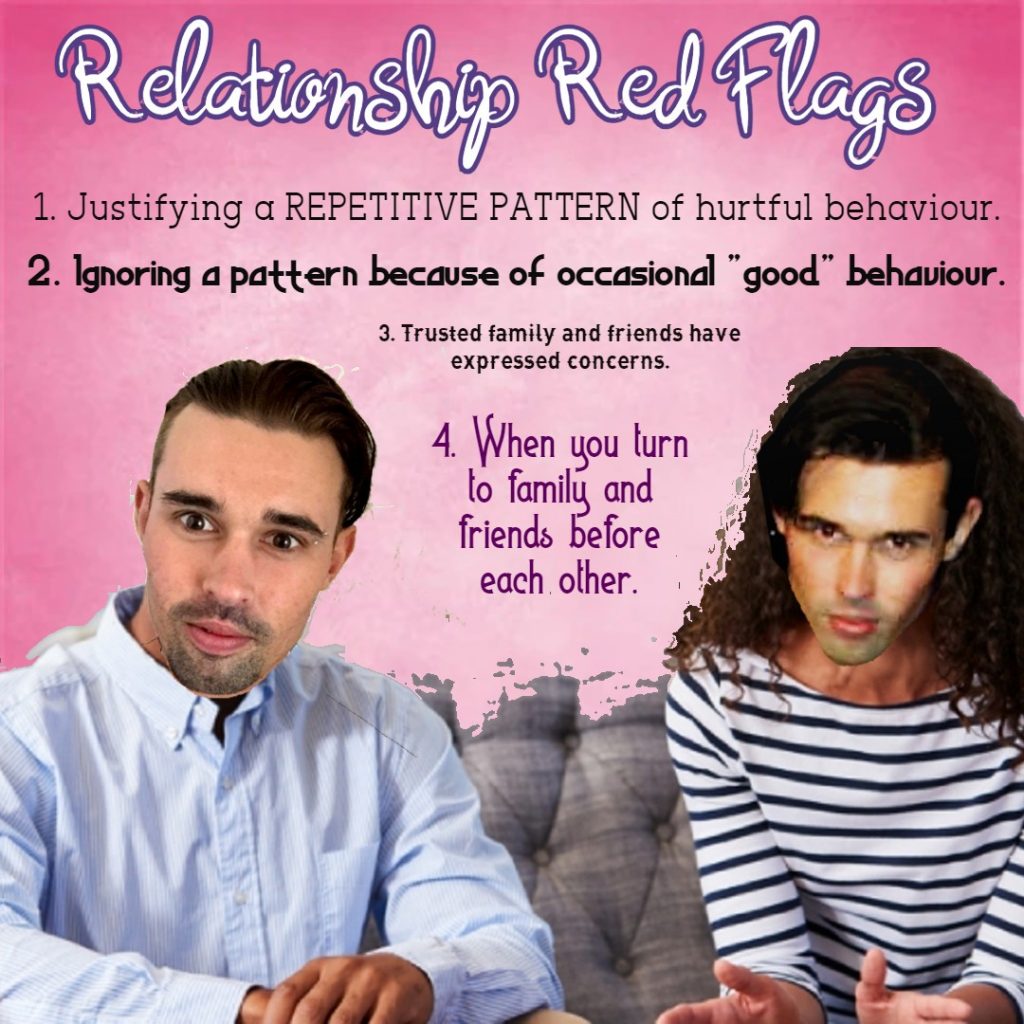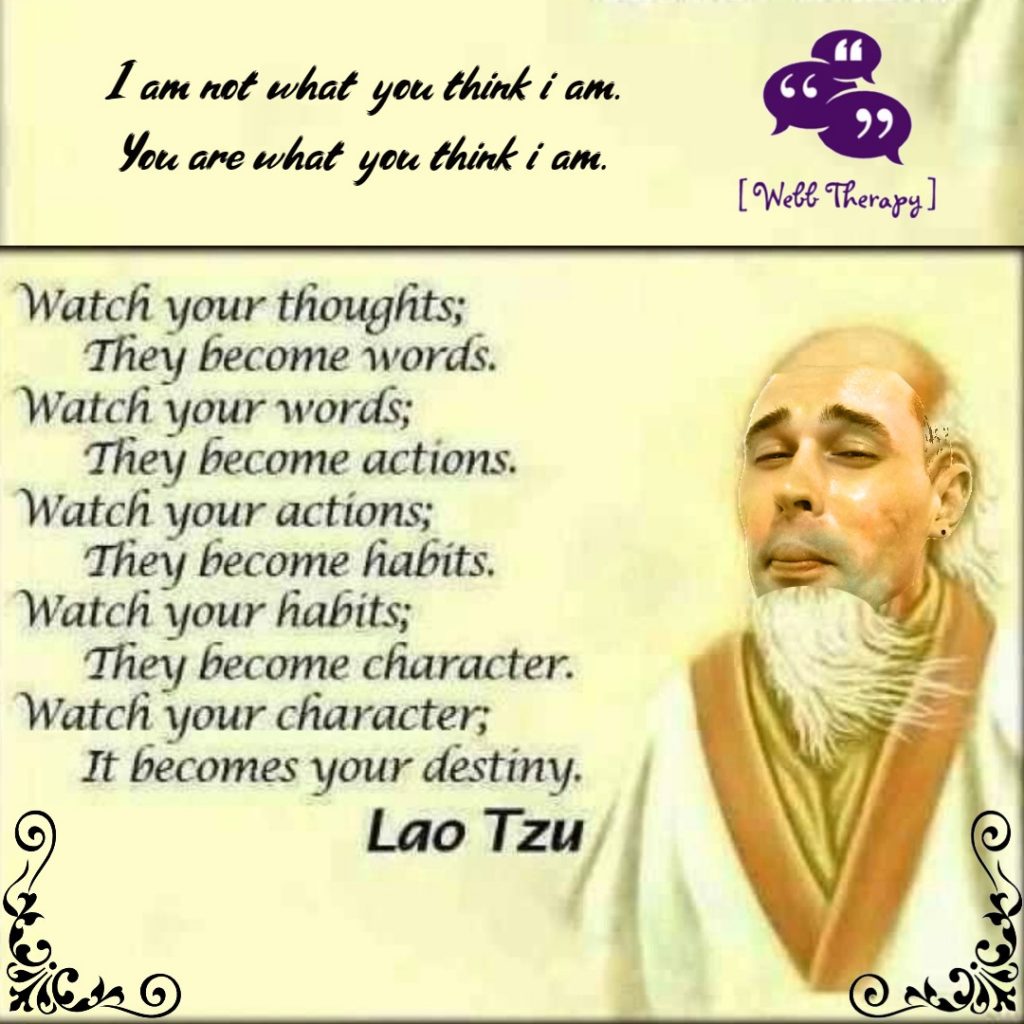Author: Lori Gottlieb
Maybe you should talk to someone is a genuine, funny, touching, and realistic memoir of one therapist, as she navigates a difficult time in her professional and personal life. I couldn’t put this book down. As a therapeutic counsellor myself, the book gave me a greater understanding of psychology and human behaviour. It is a vulnerable portrayal of a renowned psychotherapist, her therapist, and the clients lives that she discusses in the book – and how they influence her life. If you have any preconceived bias about the therapy profession, this book might give you a new perspective. I laughed whole-heartedly and I blinked back the tears on one occasion. I’m really pleased I read Maybe You Should Talk About Someone. If you’re a busy person, the audio version may be more practical for you.



